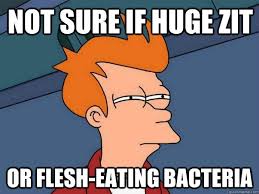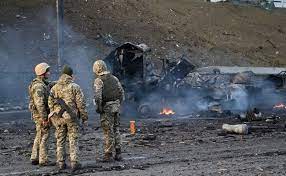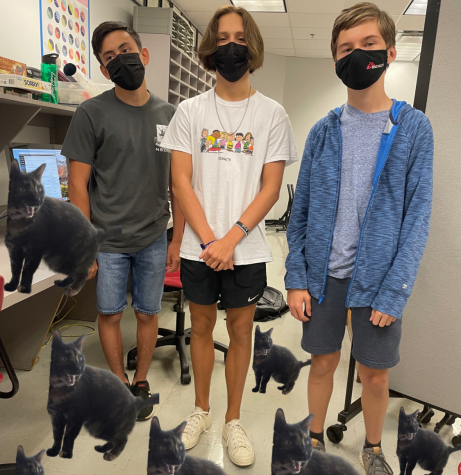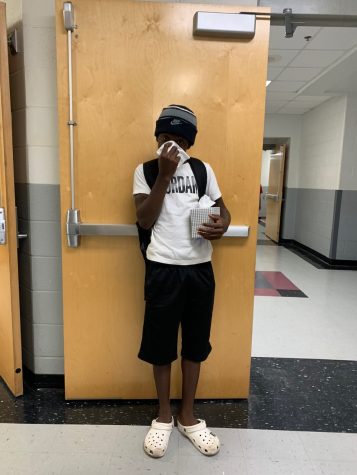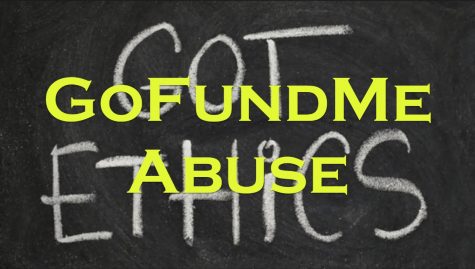Summer Broken: History of COVID-19
Summer was a bust, but what can be done in the wake?
Back in mid-March, COVID-19 swept across the U.S. and laid a blanket of uncertainty over everyone’s minds. No one knew how long quarantine was going to last, what the lasting effects of it would be, or what would happen to everyone in the midst of it. Seven and a half months later, the circumstances are a little more defined, but a lot is still unclear. Some groups of people aren’t even educated well on the situation, though they should be. That is why we have to look back at the past to understand what we must do for the present and future.
The Timeline
Beginnings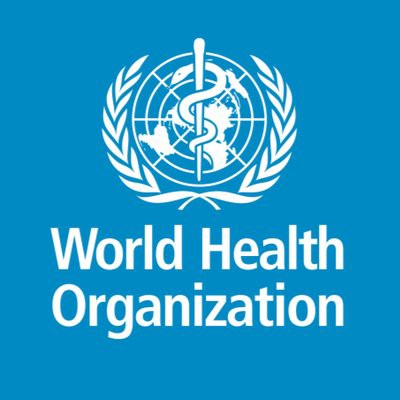
The coronavirus was first reported upon in Wuhan, China in very late December 2019, with an unknown cause behind it. It didn’t reach the United States until around January 20, after a man in Washington traveled back from that area. The World Health Organization (W.H.O.) declared it a global health emergency a couple days later, on January 30th, due to its quick and dangerous spread, thereby beginning a tough war. From there, the U.S. government took subtle action, such as restricting travel from China, issuing “do not travel” warnings for areas of Italy and South Korea, and approving widespread tests. Not much happened beyond those warnings, however, and as a result, news outlets hadn’t reported on it. Florida saw nothing until very early March when one of the first cases got reported. On March 13th, the Trump administration officially declared a national emergency, starting the era of social distancing.
Social Distancing
However, at the start of this era, not many took the news to heart, if they even heard. This led to the United States becoming the country with the highest number of confirmed cases, starting around late March. More states were starting to enforce mandatory curfews and stay-at-home directives in an attempt to curb this statistic, such as Florida’s in late April. Many employees also lost their jobs and became furloughed because of this. By mid-April, according to the International Monetary Fund, the world economy headed towards a downturn worse than the Great Depression. Either despite this, or as a result of this, Florida announced plans to reopen in May, starting on May 4.
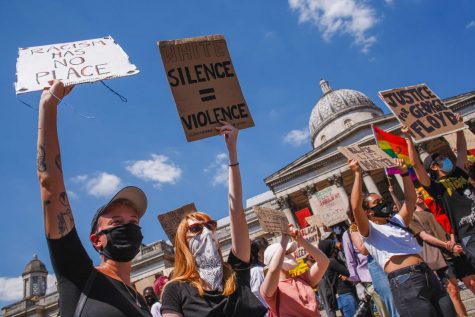 Anti-mask protests became unfortunately prominent in some areas of the country, which put those at such events at risk to contract the disease. Worse yet, is that late May-early June brought about the tragedy of George Floyd, which skyrocketed the number of protests, protesters, and led to some rather violent and criminal riots that further ruined the already tainted situation the virus created. Florida went into phase two of reopening at this time, which sparked action in the state. No surges reportedly came about from them though, due to heavy usage of masks. Most people did follow the directives, however, and took to heart the guidelines created by the American CDC.
Anti-mask protests became unfortunately prominent in some areas of the country, which put those at such events at risk to contract the disease. Worse yet, is that late May-early June brought about the tragedy of George Floyd, which skyrocketed the number of protests, protesters, and led to some rather violent and criminal riots that further ruined the already tainted situation the virus created. Florida went into phase two of reopening at this time, which sparked action in the state. No surges reportedly came about from them though, due to heavy usage of masks. Most people did follow the directives, however, and took to heart the guidelines created by the American CDC.
Dire Summer
By this time, lockdowns were starting to end across the world. The United States followed this trend, with less enforcement of quarantining rules as some states’ case numbers dwindled. The Southern states, however, including Florida, weren’t so lucky. Single-day records broke left and right, leaving up to 130,000 deaths by early July. During this time, a rather controversial move occurred: President Trump decided to withdraw the U.S. from the W.H.O. This cut off the biggest source of funding for the country and leave a more dire economic situation. Over 5 million Americans ended up losing their health insurance, putting the people at risk.
The Conclusion
The United States saw no major activity past that point, leaving them as the unfortunate leader in the death toll and socially divided about issues involving the virus or otherwise. Unfortunately, as Dr. Mike Ryan of the W.H.O.’s health emergency program announced, this virus may never fully go away. It’s unlikely a vaccine would provide a quick end if that’s even a possibility. However, what can be done has been shown through the history of the virus and human response to it. Masks and six-feet-apart standards have been shown to work effectively in social gatherings and even staying inside away from gatherings entirely has shown to work as a solution. If collective efforts are made towards restoring normalcy and accepting what changes have to be made in order to keep the people safe, then the pandemic will subside as soon as possible.




